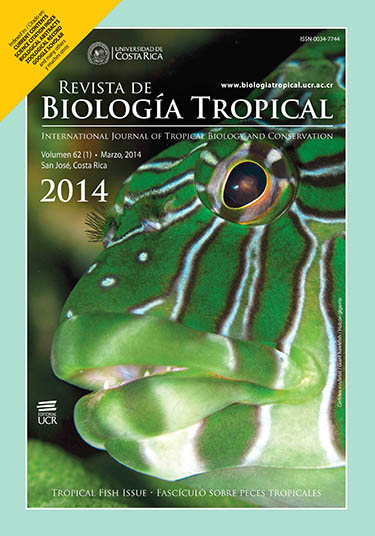Abstract
Limnocytherina is a genus conformed by 12 species; its distribution in the American continent is known to be exclusively on the North (neartics), but little is reported about its distribution from Mexico (transition zone) and Central America (neotropics). Different sampling campaigns were undertaken in three crater lakes from the Axalapascos region in East-central Mexico, during 2008, 2009 and 2011. As a product of these campaings, the new species of Limnocytherina axalapasco was found, which displays some intraspecific variability among populations. In this study, we described the taxonomy, the habitat, the ecological preferences and the larval development of this new species. A total of 10 sediment samples (8 littoral, 2 deepest point) were collected from lakes Alchichica, La Preciosa and Quechulac. We found that L. axalapasco is closely related to two North American species: L. posterolimba and L. itasca as well as one Central American species L. royi comb. nov. With the inclusion of L. axalapasco and L. royi to the genus, the distribution of Limnocytherina is extended to Central America. The four most important distinguishing characters of this new species are: 1) valve surface and margins covered with small, spine-like projections; 2) most of the A1 setae with a highly developed setule at distal part, producing a bifurcate appearance; 3) the upper ramus on the hemipenis is elongated, and by far overpasses dorsal/distal margins, distal lobe is triangular and short, while the hook-like process is prominent, outward orientated, and overpassing the tip of the distal lobe; 4) the UR is moderately developed with seta f3 elongated and setae f1 and f2 short. Considering its ecological characteristics and larval development, L. axalapasco was preferably found in alkaline waters dominated by Cl- or HCO3- and Na+ or Mg2+, temperatures ranging between 19.1 to 20.3°C, and dissolved oxygen concentrations from 5 to 6.5mg/L. This species was abundant in deeper (~64m) areas of the saline Alchichica lake, where surface water displayed conductivity values of up to 2 250µS/cm, and the sand with low percentage of silt resulted the preferred substrate. Along with the description of L. axalapasco, we provide additional information on the hemipenis of L. itasca, L. royi and L. sanctipatricii, and we discuss on the Limnocytherina-type of hemipenis.


